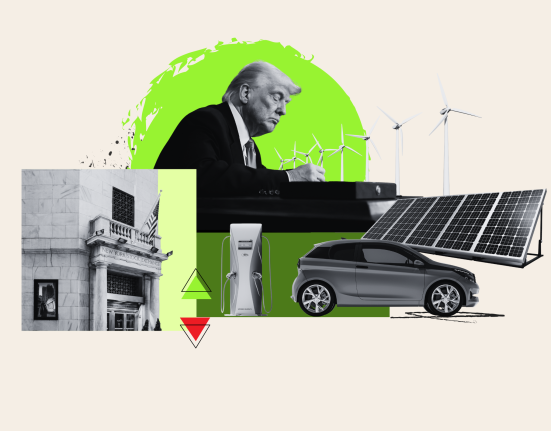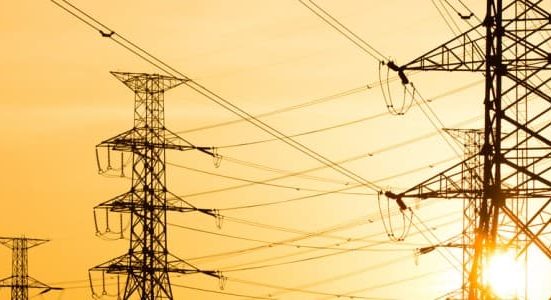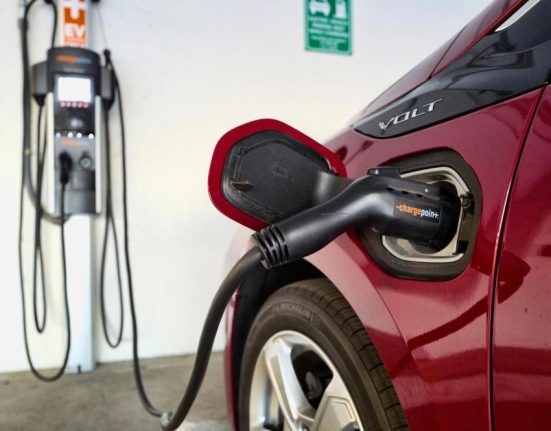The world has made progress in increasing access to basic electricity, but developing nations need much more financial support to reach 666 million people in vulnerable and rural areas who lack access to energy, the International Energy Agency (IEA) said in a report on Wednesday.
The report tracks the progress toward achieving the UN’s Sustainable Development Goal 7 to “ensure access to affordable, reliable, sustainable and modern energy for all” by 2030.
The report, in which the IEA collaborated with the International Renewable Energy Agency (IRENA), the United Nations Statistics Division (UNSD), the World Bank, and the World Health Organization (WHO), found that nearly 92% of the world’s population now has basic access to electricity.
However, 666 million people remain without access to electricity and clean cooking energy. To address this issue, financing commitments must surge to ensure progress and address disparities, the IEA says.
International financial flows to developing economies in support of clean energy grew for the third year in a row to reach $21.6 billion in 2023, the report found.
However, country commitments remain heavily concentrated. A total of 43 Least Developed Countries (LDCs) received funding during 2023—but 81% of those flows went to just 9 countries.
“Despite progress in some parts of the world, the expansion of electricity and clean cooking access remains disappointingly slow, especially in Africa,” said Fatih Birol, the IEA’s Executive Director.
“Greater investment in clean cooking and electricity supply is urgently required, including support to reduce the cost of capital for projects.”
Francesco La Camera, Director-General of the International Renewable Energy Agency, commented,
“To close the access and infrastructure gaps, we need strengthened international cooperation to scale up affordable financing and impact–driven capital for the least developed and developing countries.”
IRENA and the IEA have also been warning that the goal of tripling global renewables capacity by 2030 is falling short and needs another tripling of investments, from $570 billion in 2023 to $1.5 trillion every year between 2024 and 2030.
By Charles Kennedy for Oilprice.com
More Top Reads From Oilprice.com






